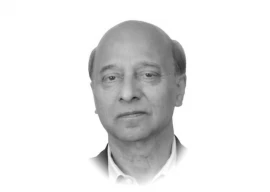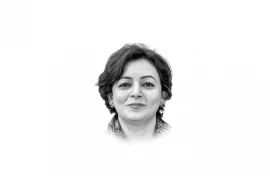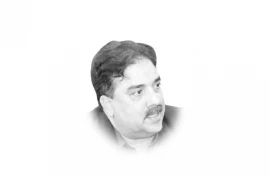
The answers to these queries provide the foundation of a mass protest theory which can be used to explain and examine such events.
In the last two decades, social connectivity has increased tremendously. The revolution was brought into the public domain by electronic media and has provided audio and video facilities to radicalise a human mind. Millions of people can easily be approached through electronic waves and provide a different view point than that of a sitting government, regime or any mode of governance structure in place in a country. The alternative view gives rise to a difference of opinion which gets ossified in the sub-conscience of the viewers. As new technology is introduced, human connectivity is enhanced manifold. Personal views start getting tweeted and re-tweeted in groups in the cyberspace among a section, segment or a portion of society. Since such views are also expressed through other means of communications in local or vernacular languages, the recipient readily accepts its authenticity and genuineness. Cyber connectivity has now become the fastest and most suitable manner for human mobilisation and exchange of public views than any other available means. It has been used conveniently in public protests, sit-ins, rallies and law and order situations in various countries.
The data on mass public protests indicates that the incidents took place in 16 countries across the globe in 2019. These demonstrations were concentrated in the South American, Middle Eastern, European and Asian regions. Four characteristics form the basis of these protests. First, the countries where such protests erupt contain an appreciable youth population or the youth density is quite high in the neighbourhood of the area of the protest’s origin. Second, neighbouring countries or the region is also affected by such protests as can easily be seen in Middle Eastern and South American regions. Third, these protests occur at a place where extremely unpopular decisions have been taken without first debating them thoroughly in public. Fourth, the high digital concentration in a country in terms of cellular technology without any proper oversight paves the way for a highly volatile and an explosive environment for public rage.
A theory of mass protests, therefore, rests on a mix of these factors which set off such incidents especially in an open society where variegated external interventions to create mass ripples on financial, social, religious, sectarian, tribal or historical fault lines are not effectively countered. Hence it is imperative in the digital age that a state like Pakistan should have effective alternatives to counter digital arguments or activities of an individual, an organisation, an entity, a non-state actor or a group. This can only be possible through a strong and robust institutional development, vigilance and independence.
Published in The Express Tribune, December 25th, 2019.
Like Opinion & Editorial on Facebook, follow @ETOpEd on Twitter to receive all updates on all our daily pieces.
1731329418-0/BeFunky-collage-(39)1731329418-0-405x300.webp)













COMMENTS
Comments are moderated and generally will be posted if they are on-topic and not abusive.
For more information, please see our Comments FAQ